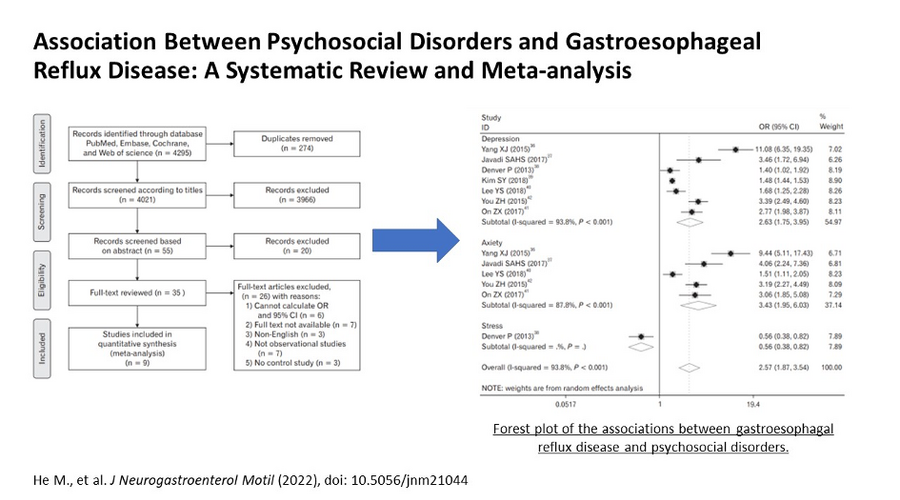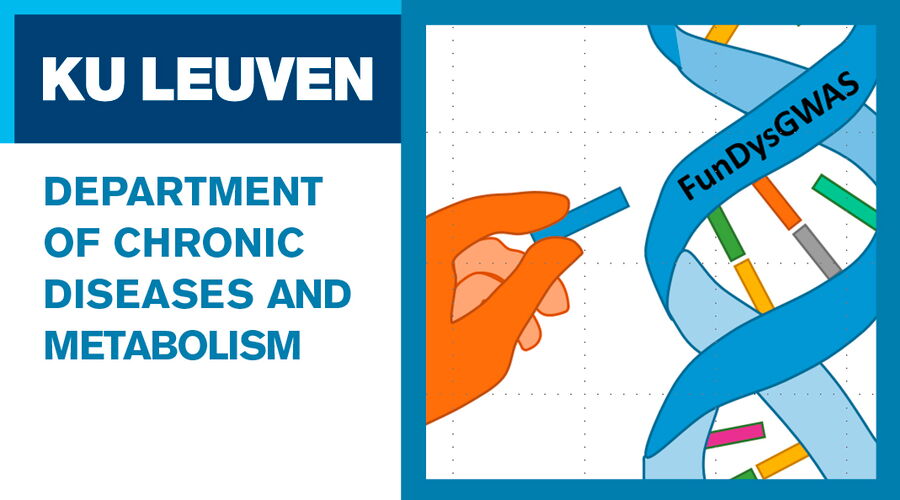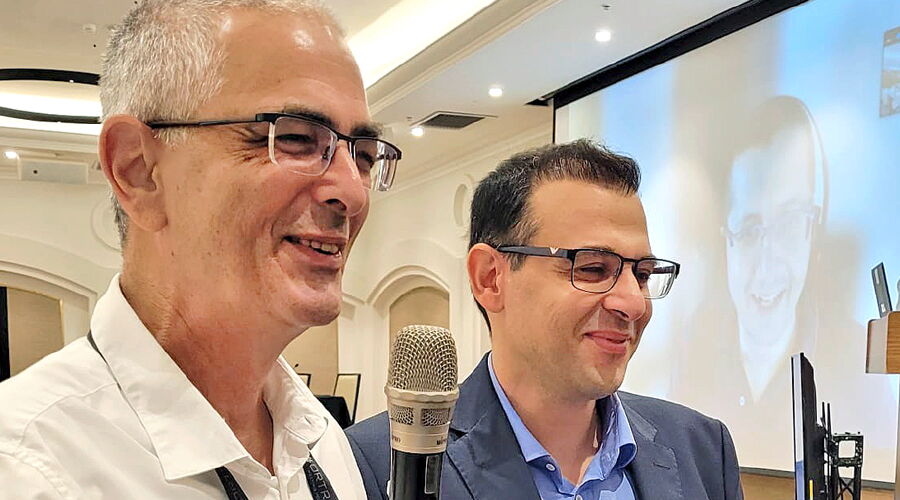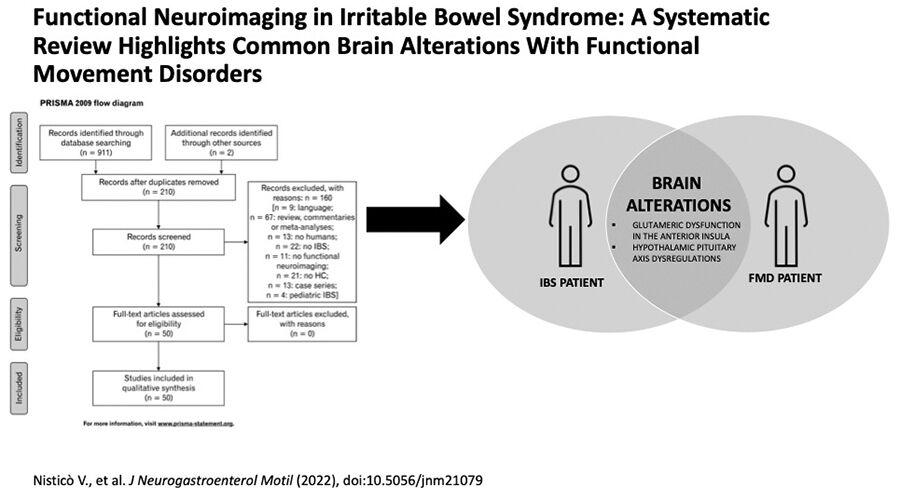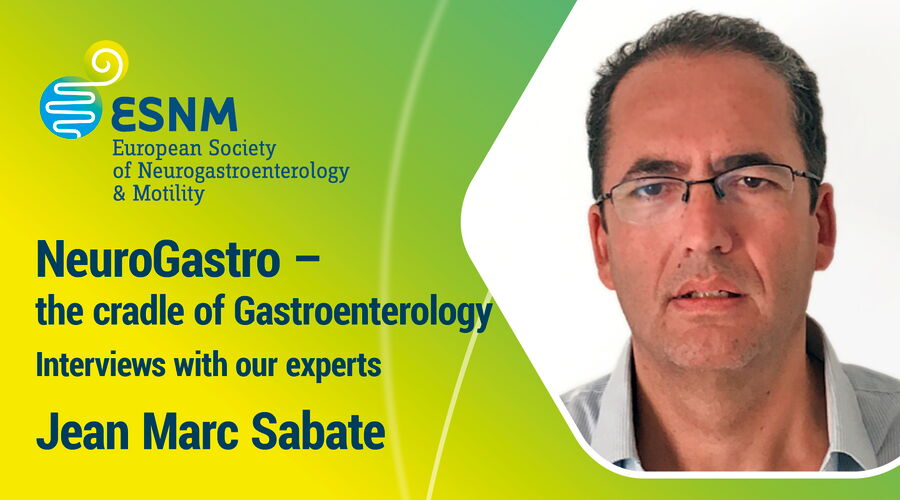News
Significant progress is being made toward diagnosis, evaluation and management of sensori-motor dysfunction, gut microbiota, gut-brain axis, nutrition, eosinophilic esophagitis. Read the most recent news here.
Graphic Abstract: Association Between Psychosocial Disorders and Gastroesophageal Reflux Disease
The FunDysGWAS ESNM Project
The aim of this project is to create an European based database to investigate the role of different genetic factors that might be linked to functional dyspepsia (FD) symptoms. At present, the project group has collected samples 196 of FD patients and 190 samples of healthy controls. The project ist looking for new centers in Europe that would like to help and are eager to recruit 50 patients or more diagnosed with functional dyspepsia as described by the Rome IV criteria and if possible 50 healthy controls during the next year.
DISCOvERIE: Better diagnose, prevention and treatment for IBS patients
Two I-NGM Meetings in 2022
IBS Days in Bologna with experts from all over the world
"New insights for a better management of irritable bowel syndrome" was the motto of this years IBS Days in Bologna with experts from all over the world. The 2022 edition of the biennial IBS DAYS congress was held in Bologna on June 20-22 and provided current views and a look to the future on the rapidly advancing field of IBS.
New guideline is out: Functional bowel disorders with diarrhoea
Irritable bowel syndrome with diarrhoea (IBS-D) and functional diarrhoea (FDr) are the two major functional bowel disorders characterized by diarrhoea. UEG and ESNM published the new clinical guideline “Functional bowel disorders with diarrhoea”. Learn more about this clinically helpful tool to provide best-practice based healthcare among a large group of patients.
Graphic Abstract: Functional Neuroimaging in IBS
In a study Nistico et al. reviewed literature on functional neuroimaging in irritable bowel syndrome (IBS) to find out whether there are similarities between those seen in IBS and other functional disorders, especially functional movement disorders (FMD). The study revealed abnormal activation and functional connectivity of brain areas of IBS patients which coincide with examinations of FMD patients. Nistico et al. hypothesize that various functional disturbances may share a common pathophysiology.
New Video „ESNM inside“ – interviews with our experts
Talking about Neurogastroenterology & Motility – our video format „ESNM inside“ gives insights into a somewhat underestimated discipline. With this series we want to reach out to young gastroenterologists and medics and raise their interest by talking to experts on the wide field of neurogastroenterology. Watch our latest video with Jean-Marc Sabaté from Hôpital Avicenne (APHP) in Paris and his work and his thoughts on the importance of neurogastroenterological research.
